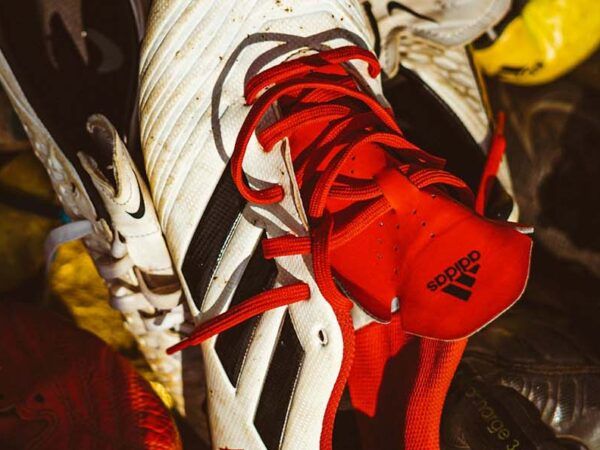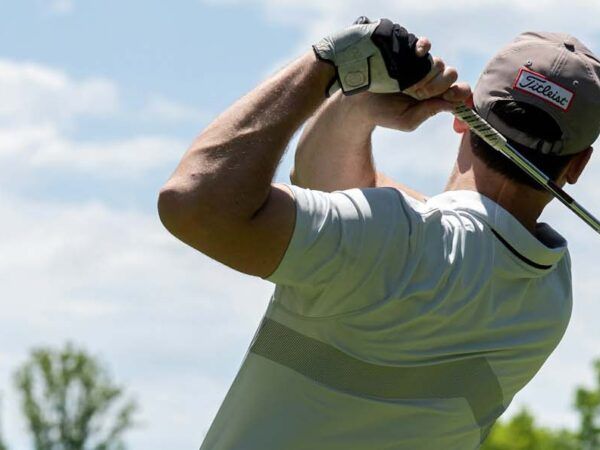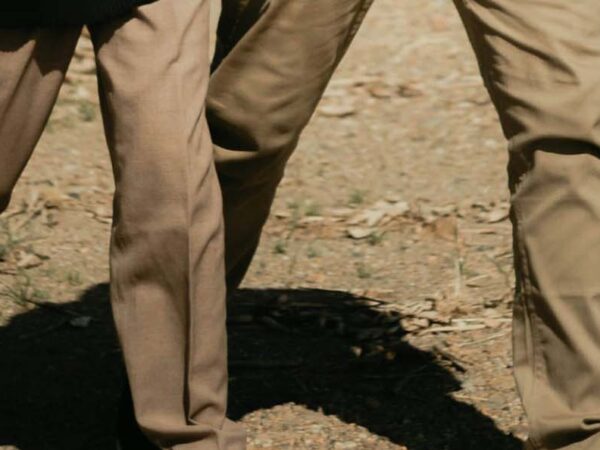What is a powerful and healthier golf swing?
He felt that he had grown stiffer over the years and lacked the confidence to swing a golf club properly. He asked for some advice, and I recommended for him to work on the areas of his body such as the hips and trunk where rotation is produced during the golf swing. I gave him some helpful stretching exercises and suggested he begin practicing at the driving range with some smaller clubs to regain the movements he feared to have lost. He followed my advice and had a great round of golf on Father’s Day!
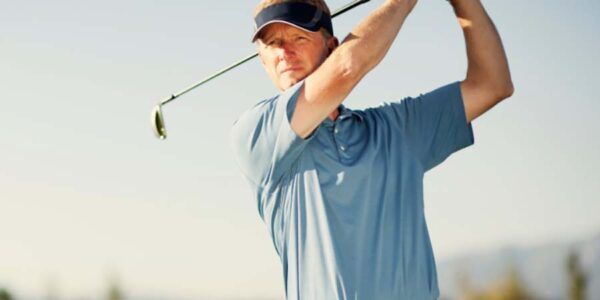
Golf is a fabulous sport to play! Golf demonstrates how the body needs to combine power and grace to produce a unique movement. And that movement is rotation. To generate an efficient golf swing, the body of a player requires a good capacity to rotate. This article will explain how you can improve the ability to rotate your body and hit a better golf ball with some useful exercises!
Rotation of the pelvis
As you begin the downswing, the movement is optimized if it is initiated by the rotation of the pelvis. Muscles of the hips and the abdominals are used to produce this pelvic rotation. Therefore, the upper body and the lower body should not move in one single movement and should instead produce two distinct movements. These movements are referred to as dissociation. A golfer that has difficulty performing the two movements can have a golf swing that is uncoordinated and produces inaccurate shots. Here is an exercise that can help improve the rotation of the pelvis in the initial phase of the golf swing.
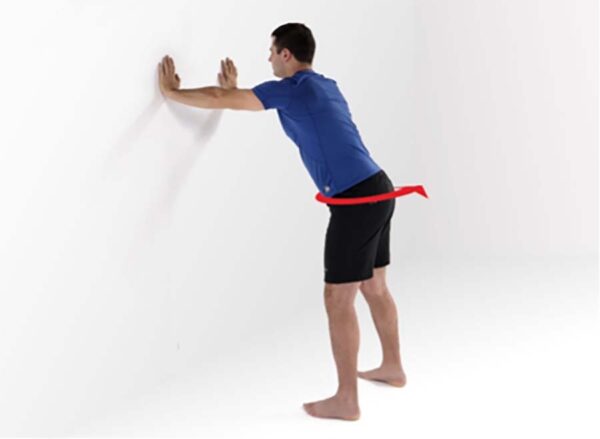
Pelvis-trunk dissociation exercise
With your hands on the wall and without movement of the shoulders, rotate the pelvis left and right by slightly bending the knees.
Do not sway the pelvis side to side. Perform 20 repetitions per side.
Developing the capacity to dissociate in a golf swing
Why do the movements of the upper back and pelvis need to be distinct? The dissociation of the two regions allows the golfer to generate more power from the entire body as well as producing a fluid and uninterrupted movement. The ground forces initiated from the stance position can efficiently be transmitted through the body in the following order: from the pelvis to the trunk, then to the arms and finally to the club. This sequence produces an optimal golf swing.
Here is an exercise to help improve the rotation of your upper body during the golf swing.
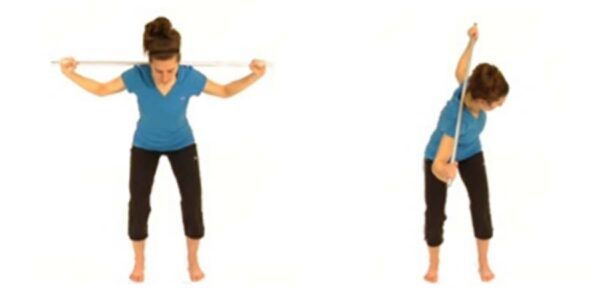
Trunk rotation exercise
In a golf stance with the club across the back of the neck, rotate the upper body as far as possible without moving the pelvis.
Repeat the movement 20 times per side.
Rotation of the upper body
At the level of the spine, it is the thoracic or upper trunk region which is responsible for most of its rotational movement. The movement from the upper back permits the golfer to generate an optimal swing and reduces the risk of injuring the lumbar spine or the lower back. This lower back region is made to bend forward and backward in contrast to the upper back which was designed to produce turning motions.
Here is an easy stretch that you can do to increase the rotation of the upper trunk.
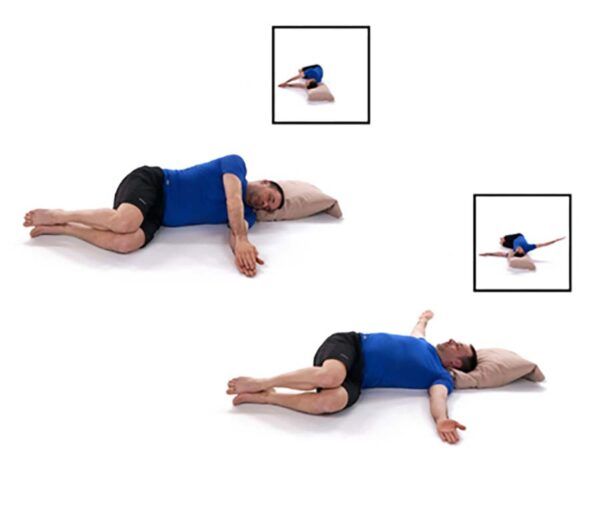
Sidelying trunk rotation stretch
Hold the stretch position for 5 to 10 seconds and repeat 5 times per side.
The Kinatex golf program
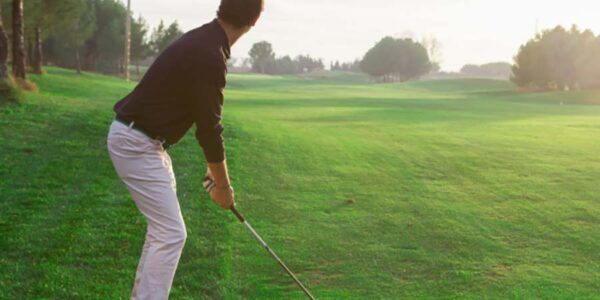
The Kinatex Golf Program is based on the Titleist Performance Institute’s golf screening program. Our physiotherapists and athletic therapists have been certified by TPI and are experts to carry out the golf screen which identifies limitations in the golfer. We evaluate the 12 characteristics of the golf swing.
We can let you know what type of posture you have or if you have early extension. We can show you in a video analysis if you sway or if you have a chicken wing. In addition, 16 biomechanical tests are performed to better understand the body’s physical strengths and weaknesses for each golfer. Do your shoulders and hips rotate sufficiently for a proper golf swing? Do you have good balance on one leg, or do you squat well?
Based on the findings, two specific and individualized exercises programs will be designed for a golfer to practice improving their golf swing and their body mechanics. After following these carrying out the individualized programs, the golfer can be reassessed to note the improvements in mobility and stability as well as improvements in the golf swing.


